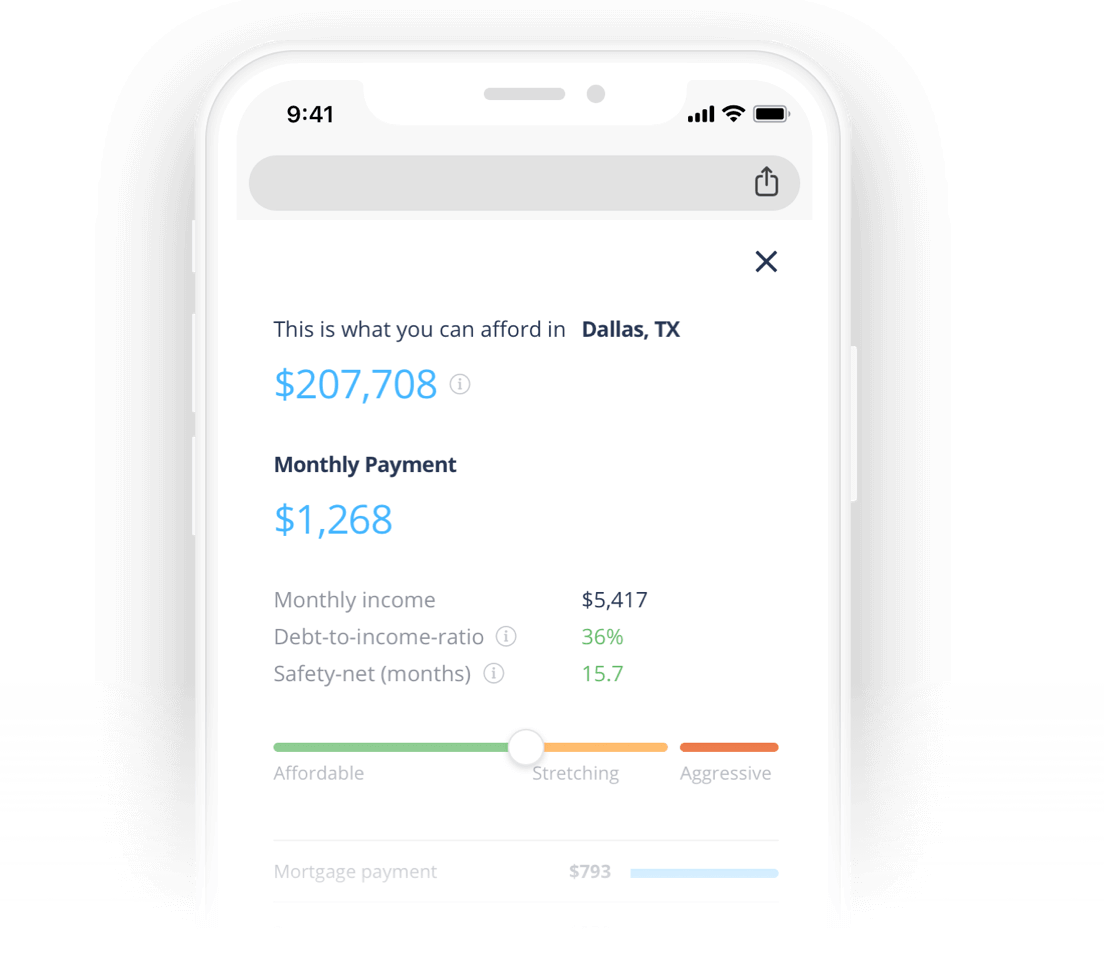Annual IncomeThis is your annual income before taxes, including salary, commission, social security, interest, and more. Your annual income helps determine how much debt you can take on and what you should allocate for a down payment.
Monthly DebtsYour monthly debts are car payments, student loans, and other recurring personal expenses you make monthly payments on. This number doesn’t include credit card balances you pay off in full each month or the new mortgage you’re getting.
Down PaymentA down payment is what you pay upfront and out-of-pocket towards the purchase of your new home with a mortgage. Some lenders offer loans that require as little as 3% down, but as a rule, the higher your down payment, the lower your rate and monthly payment will be. A down payment of 20% or more will start you off with a healthy amount of equity and allow you to avoid additional lender-required expenses, such as mortgage insurance.
Loan TermThe loan term refers to the period of time you’ll be paying off your mortgage if you meet the minimum payment every month. For example, a 30-year fixed mortgage lasts, you guessed it, 30-years. Overall, a loan term affects your monthly payments and the total amount of interest you’ll pay over the life of the loan.




